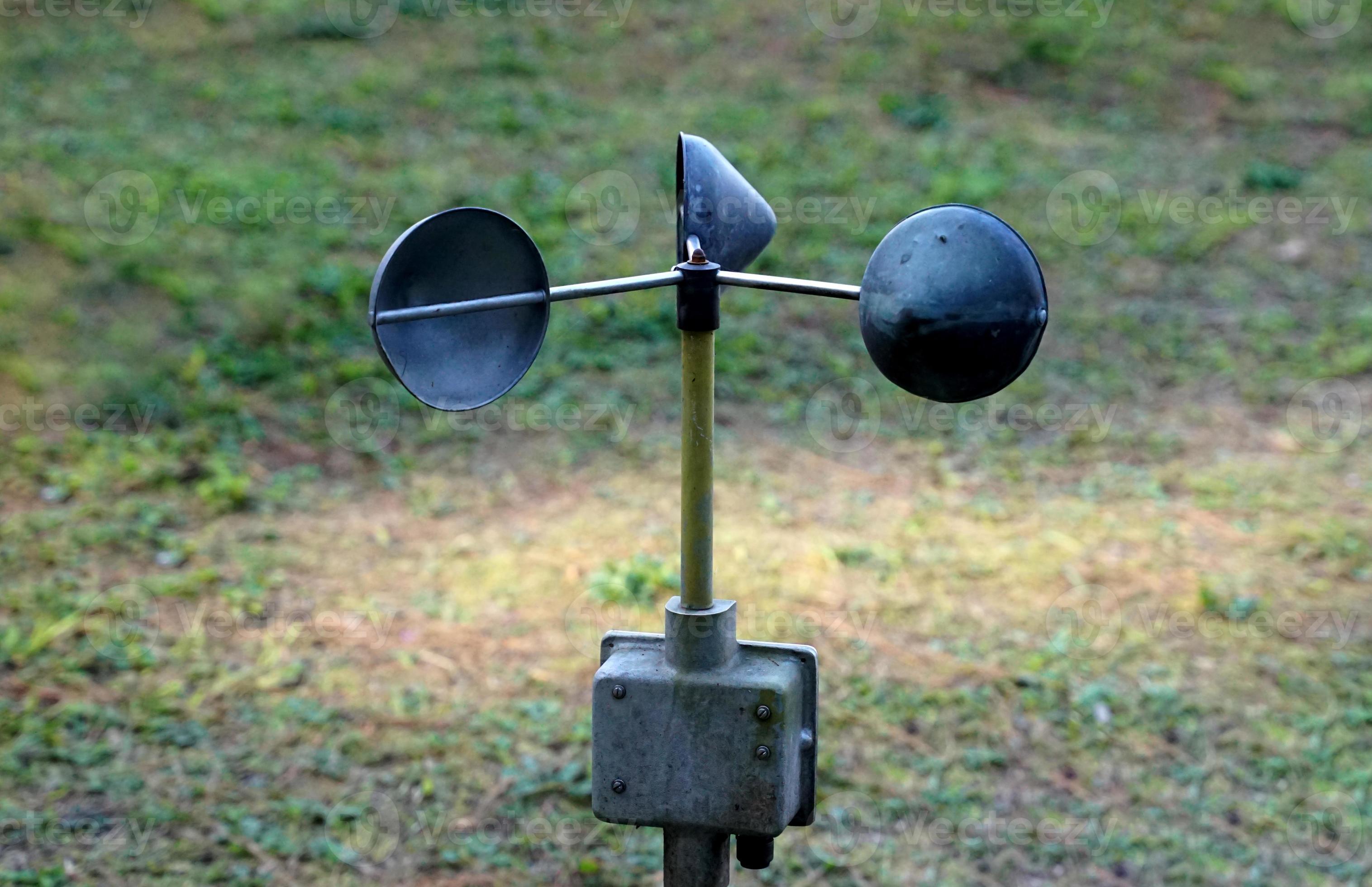Anemometers Unveiled: Comprehending Their Value in Environmental Monitoring and Safety Procedures
The duty of anemometers in ecological monitoring and safety and security steps is often undervalued, yet their relevance is undeniable. From meteorology to aeronautics security, anemometers play a vital duty in offering precise information that informs decision-making procedures and boosts overall safety.
History of Anemometers
The advancement of anemometers can be traced back to the old civilizations where rudimentary wind determining tools were first made use of. These very early wind dimension tools laid the structure for the development of much more sophisticated anemometers over time. Among the earliest recognized anemometers was the hemispherical cup anemometer created by Leon Battista Alberti in the 15th century. This style consisted of four hemispherical mugs that gathered wind energy, providing a measurement of its strength based on the speed of turning.
Over the years, advancements in innovation led to the development of more contemporary anemometers, including ultrasonic anemometers and laser Doppler anemometers, offering boosted precision and efficiency in gauging wind speed and direction. The background of anemometers showcases an exceptional journey of innovation and progress in the field of weather forecasting.
Sorts Of Anemometers
Throughout the field of weather forecasting, various sorts of anemometers have been developed to precisely determine wind rate and direction. The most typical type is the cup anemometer, which contains three or four mugs placed on straight arms that revolve with the wind. As the mugs spin, the speed at which they revolve is straight proportional to the wind speed. One more extensively used kind is the vane anemometer, which features a tail or fin that straightens itself with the wind direction. This alignment enables the tool to establish the wind instructions. Sonic anemometers make use of ultrasonic signals to measure wind rate and instructions properly. They are generally utilized in study applications due to their high accuracy. Hot-wire anemometers operate based on the principle that the cooling impact of wind on a warmed cord is proportional to the wind rate. These anemometers appropriate for gauging reduced wind speeds with high accuracy. Each kind of anemometer has its toughness and is chosen based on the specific needs of the surveillance job handy.
Applications in Weather Forecasting
Having discussed the numerous kinds of anemometers used in meteorology for gauging wind speed and direction, it is necessary to explore their useful applications in the area. Anemometers play a vital duty in meteorology by providing real-time and precise data on wind problems (anemometer). Meteorologists make use of anemometers to check wind speed and direction to anticipate climate patterns, problem cautions for serious weather condition occasions like twisters, tornados, and storms, and analyze atmospheric problems for air travel safety
In weather forecasting, anemometers assist in understanding local and regional wind patterns, which are vital for predicting climate modifications and identifying weather trends. These gadgets are also used in research study to study microclimates, metropolitan warmth islands, and air contamination diffusion. Additionally, anemometers are employed in agriculture to enhance plant management techniques, such as watering and chemical application, based upon wind conditions.
Significance in Aviation Safety
An essential aspect of guaranteeing aviation safety and security hinges on the precise tracking of wind conditions using anemometers. Anemometers play a crucial see here now function in aeronautics by providing real-time information on wind speed and direction, aiding pilots in making notified choices during trip, touchdown, and liftoff. Unpredictable and strong winds can substantially influence airplane procedures, making it important for aeronautics authorities to depend on exact wind dimensions to make sure the safety of guests and team.

In the dynamic environment of air travel, where even Discover More Here minor changes in wind speed and direction can have profound results, anemometers stand as indispensable tools for promoting secure and safe flight.
Duty in Environmental Research
Anemometers play an important function in ecological research by offering crucial information on wind rate and instructions. By properly measuring wind attributes, anemometers help researchers examine the activity of contaminants in the air, analyze the impact of industrial exhausts, and anticipate the spread of pollutants in the atmosphere.


Final Thought
In conclusion, anemometers have actually played an important role in environmental tracking and safety actions. Comprehending the importance of anemometers is essential for properly determining wind rate and direction, which is essential for forecasting weather patterns, ensuring risk-free aeronautics procedures, and performing environmental studies.
One of the earliest recognized anemometers was the hemispherical view publisher site mug anemometer developed by Leon Battista Alberti in the 15th century. Over the years, developments in modern technology led to the growth of more contemporary anemometers, including ultrasonic anemometers and laser Doppler anemometers, supplying boosted precision and efficiency in gauging wind rate and instructions. Hot-wire anemometers operate based on the principle that the cooling impact of wind on a warmed cable is proportional to the wind speed. Meteorologists make use of anemometers to monitor wind rate and instructions to anticipate climate patterns, problem warnings for severe weather condition occasions like hurricanes, twisters, and tornados, and examine atmospheric conditions for aviation safety.
Recognizing the relevance of anemometers is necessary for precisely determining wind speed and direction, which is important for anticipating weather patterns, ensuring secure air travel procedures, and conducting ecological researches. (anemometer)